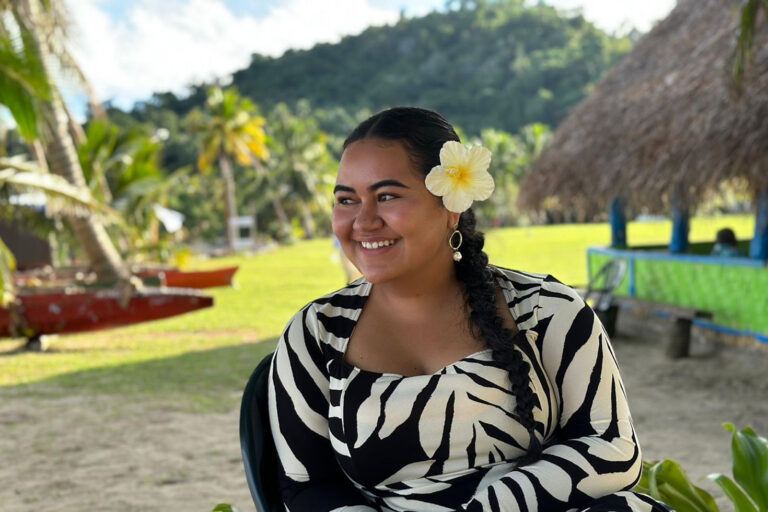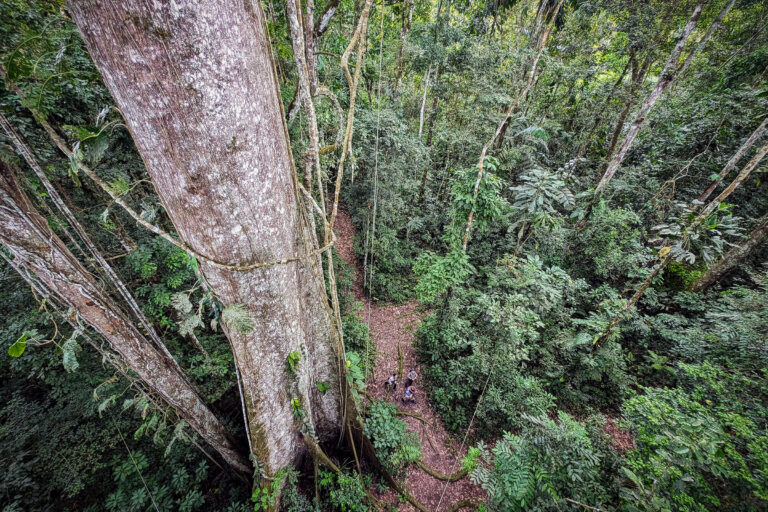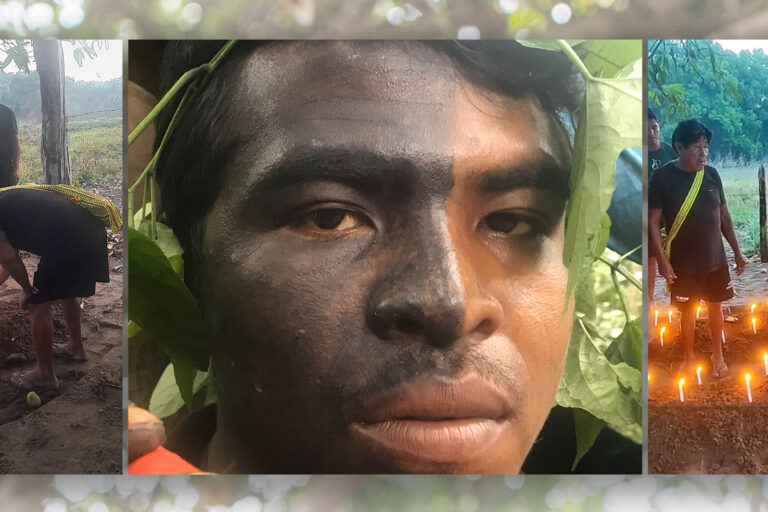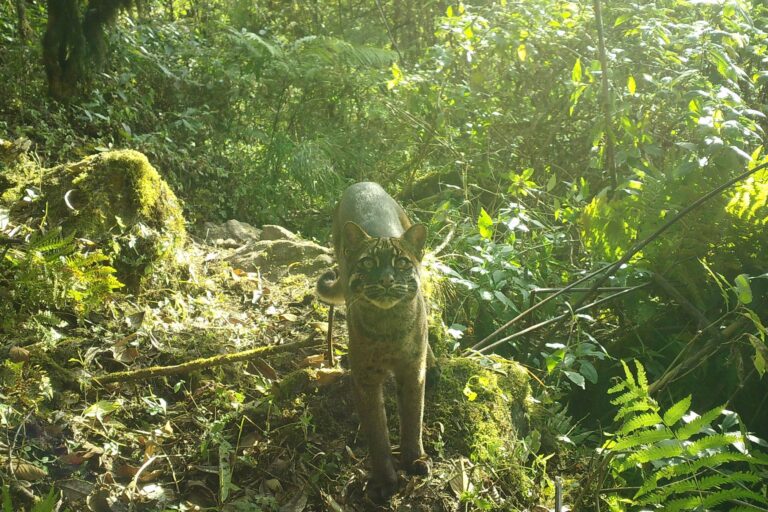Among the most read stories at our Spanish-language service, Mongabay-Latam, this past week were articles about camera traps providing new insights into the spectacled bear’s natural habitat in Peru, and in Ecuador both private and governmental initiatives which are successfully fighting to protect the dry forest ecosystem in the southern part of the country.
The banner image above shows a butterfly (Lasaia agesilas), known as the glittering sapphire, in the reserve of Tambopata, Peru. Stay up to date with Mongabay-Latam by following on Facebook and Twitter.
Videos: spectacled bear’s home in the dry forests of Peru revealed
“Laura” is a spectacled bear that lives in the Batán Grande Archaeological Complex, Peru. Camera traps have provided insight into how she and other bears live in the dry forest of Peru, their natural habitat.

The dry forest: a threatened jewel in Ecuador
Deforestation, agriculture and livestock have put a lot of pressure on the dry forests of Ecuador, threatening these ecosystems’ great biodiversity. But there are positive private and government initiatives that are successfully fighting for conservation.

Chiribiquete Park in Colombia is now a mixed World Heritage Site
The announcement that the Chiribiquete National Natural Park is now a World Mixed Heritage Site comes at a key moment for the conservation of the largest protected area in Colombia. After its expansion, the challenge of the new government is to confront the economic and illegal interests that cause the deforestation of this wonder.

Bolivia: three main threats to the Sama Reserve
The Tajzara Basin, a wetland of international importance, faces serious threats due to overgrazing, the construction of a road and intense droughts. What is the impact on the fragile ecosystem of the Cordillera de Sama Biological Reserve?
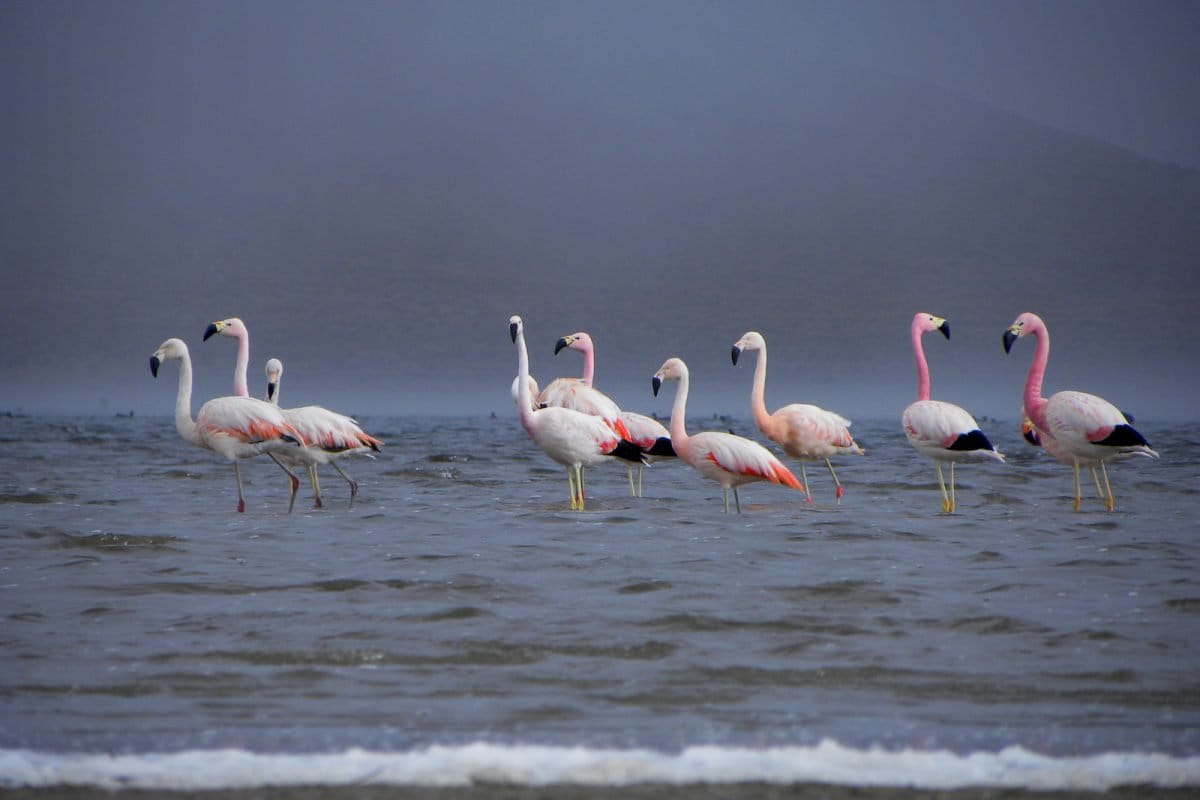
Chile: new marine reserve will protect species and ecosystems of the Rapa Nui
The creation of the Rapa Nui Marine Protected Area generated positive expectations, and is the largest in Latin America. The government of Chile and the Rapa Nui people will manage it and only traditional artisanal fishing will be allowed.

Setting a price on carbon could save millions of hectares of tropical forest
A recently published study found that setting a price of $20(US) per metric ton of carbon dioxide could reduce deforestation by about 16 percent.

Read all these stories in Spanish here.







